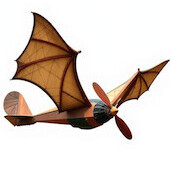FM Speculations and Observations (FE2 and SF2)
-
Similar Content
-
Method for Stereoscopic 3D in VR with Headtracking in Strike Fighters 2 - Geo11 and dgVoodoo2
By norrinor,
- strike fighters 2
- geo11
- (and 3 more)
- 0 replies
- 1,332 views
-
- 0 comments
- 8,494 views
-



Recommended Posts
Create an account or sign in to comment
You need to be a member in order to leave a comment
Create an account
Sign up for a new account in our community. It's easy!
Register a new accountSign in
Already have an account? Sign in here.
Sign In Now